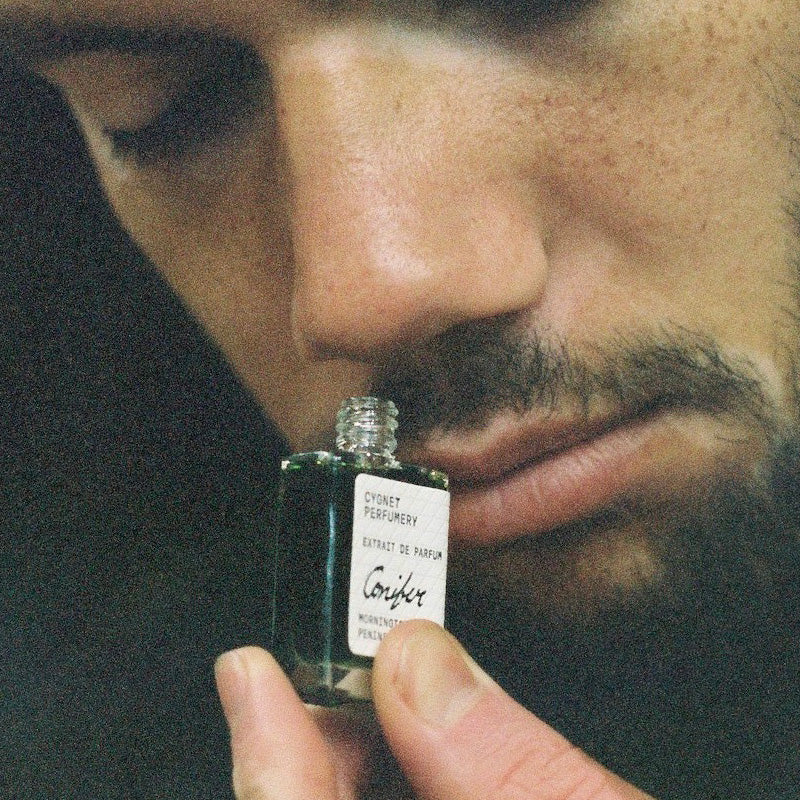NURTURING THE SKIN MICROBIOME - A NATUROPATHIC PERSPECTIVE - WRITTEN BY KATRINA SCHILLING
Naturopathic treatment of the skin and general care of the body’s largest organ embodies a big-picture, holistic approach. The founding principles of naturopathy teach us that the body, mind, and spirit are connected, we must first do no harm, let food be medicine, and use the healing power of nature. The body is capable of healing from within given the right resources and environment to thrive in and natural skincare is no different.

The skin microbiome
The skin has four main types of environments: dry, sebaceous, moist, and what we’ll call ‘other’. Examples of these areas are the inner forearm (dry), the back, forehead, and side of the nostrils (sebaceous or oily), the armpit and inner elbow (moist). ‘Other’ areas include sweat glands, hair follicles, and the multiple layers of the skin. Ceramides are the waxy compounds on skin that act as a barrier to reduce water loss across the skin and actively prevents harmful overgrowth of microbes such as Staphylococcus aureus. Like the gut, the skin’s surface is home to hundreds of species of beneficial microbes which each have a preferred living environment and a role to play in healthy skin maintenance. When balanced, they shield the skin and our body from infections, and promote immunity. When the skin cells are damaged or when the microbiome is compromised by an unfavoured environment it becomes vulnerable to infection, irritation, and inflammation. Skin microbiome imbalance or ‘dysbiosis’ has been implicated in acne vulgaris, rosacea, psoriasis, and atopic dermatitis.
Things that may disturb the skin microbiome and skin environments include:
- Harmful chemicals from sunscreens, personal care, cleaning, and cosmetic products
- Harsh cleansers and scrubs
- Constant cleaning and oil stripping
- Lack of exposure to natural environments and soil
- Topical and oral antibiotics
- Alcohol containing products e.g. wipes and toners
- Ultraviolet radiation / sunburn
- Diet
- Stress and lack of quality sleep
- Immune deficiency

The impact of Food and Lifestyle on Skin
Stress and diet are two of the greatest influences on gut and skin microbiome diversity and health. The impact of stress on both of these microbial populations involves reduced diversity and changes in hormones such as cortisol increasing production of skin sebum/oil, and sex hormones such as androgens that can be elevated in certain hormonal conditions or lifestyle pressures. Refined sugar and processed foods shift the gut microbiome population within 24 hours leaning toward less beneficial flora and more of the pathogenic kinds. Both refined sugar and dairy cause higher IGF-1 levels, a growth hormone that promotes excess androgen hormones and sebum production. Poor diet, lack of hydration, and lack of exercise all lead to reduced detoxification, toxin build-up, and once again, unwanted diversion of waste removal through the skin.

Natural Skincare Treatments
Get the lymphatic system moving
Lymph is the fluid that flows through the lymphatic system, a head to toe system of vessels with nodes that house white blood cells and filter infections and chemicals. Immune cells act like ‘garbage people’ to collect bacteria and other pathogens and clean up harmful waste. Unlike the cardiovascular system which is pumped by the heart, the lymphatic system has no main pump and relies on fluid volume, and pressure to move it’s contents. The most basic and free ways to do this are through exercise and hydration. By lifting and bending your limbs pressure is being applied to physically move lymphatic fluid. ‘Lympha’ means water in latin and without adequate hydration these vessels have little in them to move – much like a stagnant river.
Dry skin brushing
Encouraging lymph to flow back toward the heart and into blood circulation encourages detoxification of waste, infections, and cellular debris through the liver and out of the kidneys and bowels – this is the preferred route! This is another simple ritual that costs next to nothing.

Herbal medicine for skin
A number of plants are used by herbalists to promote lymphatic flow, immune function, bowel movement, liver function and clearance of toxins from the body. Some of the commonly used herbs in naturopathic skincare include:
Echinacea spp.
Phytolacca americana (Poke root)
Arctium lappa (Burdock)
Galium aparine (Cleavers)
Calendula off. (Calendula)
Glycyrrhiza glabra (Licorice root)
Taraxicum off. (Dandelion root)
Everyone is unique. Not all herbs suit everyone which is why individualised prescribing is key to safe, holistic care.
Prebiotics for a healthy microbiome
Diversity. Diversity. Diversity. Feed your gut an abundance of plant produce, colours, herbs, and spices, moderate lean protein and healthy fats. Feeding your gut bugs prebiotic fibres which are well-known as fermentable fibres promote healthy microflora growth. Onions, garlic, leek and jerusalem artichoke are some examples of prebiotic containing foods. The bottom line is: diverse fresh food diet = healthy gut microbiome.

Use natural skincare products
To minimise the disruption of the skin’s microbiome and the accumulation of toxins in the body we can choose to use natural products that are formulated to not disrupt the skin microflora. Switching to products that contain fewer ingredients and plant-based therapeutics can have an immense effect on skin health, and even overall health and wellbeing as many products contain toxic and hormone-disrupting chemicals.
Every day our lifestyles and environments expose us to hundreds of chemicals before even leaving the house. We are so lucky to be able to have choice. We have the power to be informed, be mindful of what goes into and onto our bodies. Choose products that contain few ingredients, no toxic chemicals and that include natural ingredients and you will be caring for both the gut and skin microbiome which is essential to healthy skin.



